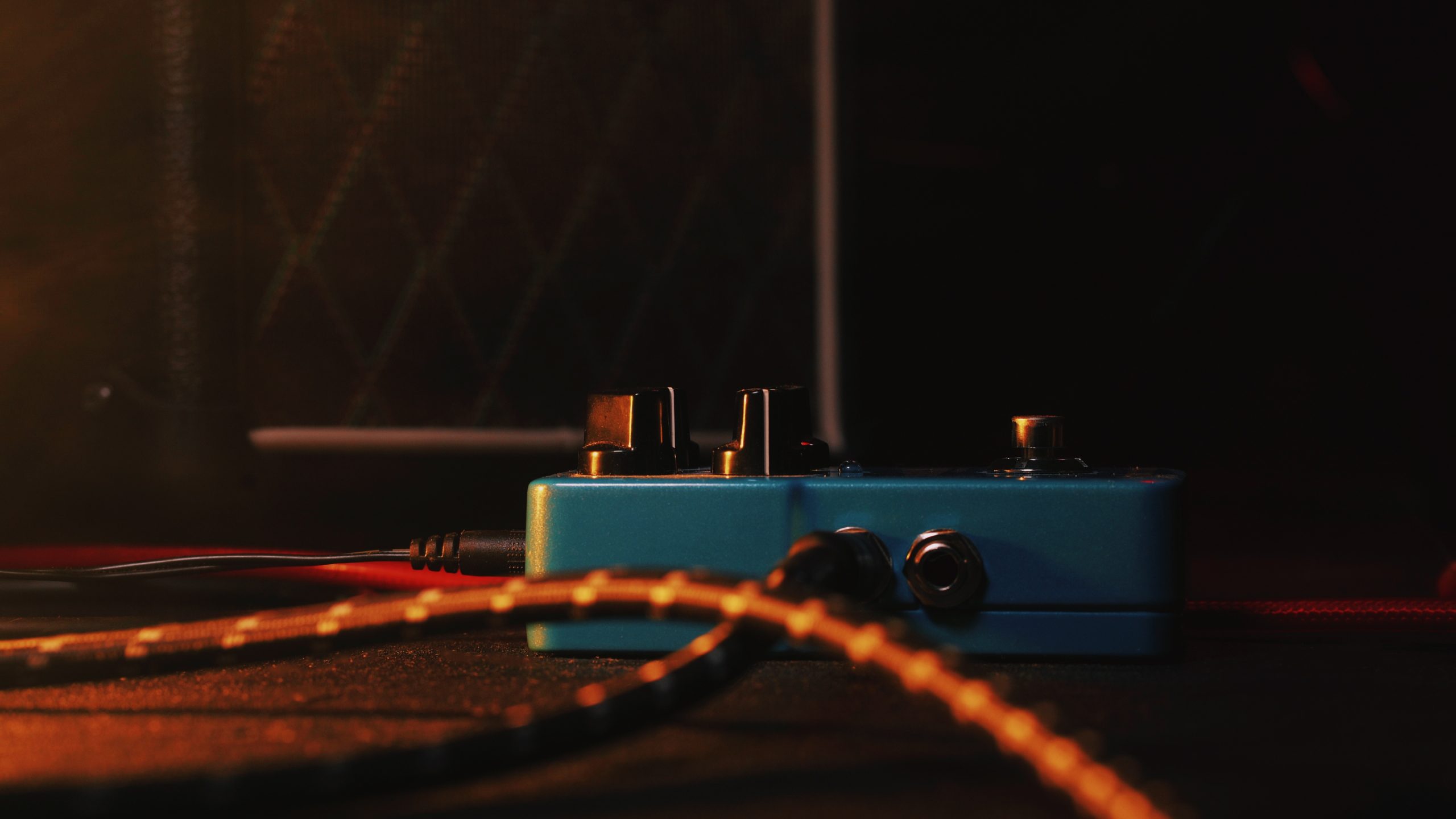Your pilgrimage to Jim Morrison’s grave just got more meaningful. After 37 years in limbo, the stolen bronze bust of The Doors’ enigmatic frontman has surfaced during a Paris police fraud investigation—completely intact except for the graffiti and chipped nose it already bore when thieves snatched it in 1988.
The statue’s disappearance had become part of Morrison mythology, like his cryptic lyrics or the circumstances surrounding his death. Think of it as the analog equivalent of your favorite playlist suddenly vanishing from Spotify—except this deletion lasted nearly four decades and left millions of fans staring at an empty pedestal where their cultural touchstone once stood.
The Long Road Back to Père Lachaise
Morrison’s final resting place in the cemetery’s “Poets Corner” has drawn millions of visitors since 1971. The bust, installed on the 10th anniversary of his death, became a focal point for fans leaving flowers, letters, and yes—graffiti that authorities couldn’t prevent despite constant surveillance.
French officials discovered the statue through forensic art authentication and anonymous tips that led investigators through a complex web of private collectors and black market dealers. The recovery process involved coordination between Paris police, cultural heritage experts, and Morrison’s estate representatives—proving that even anti-establishment icons eventually need establishment protection.
The theft occurred during Morrison’s peak cultural renaissance. Your parents were probably rediscovering The Doors through Oliver Stone’s 1991 film, which sparked both celebration and riots at the gravesite on the 20th anniversary of Morrison’s death.
Heritage Tourism Gets Its Icon Back
Morrison’s statue represents more than missing memorabilia. You’re witnessing the intersection of music history and cultural preservation, where a single piece of bronze carries the weight of an entire generation’s rebellious spirit.
The Doors’ influence reverberates through your current playlists more than you might realize. Pearl Jam’s Eddie Vedder has cited Morrison’s poetic intensity as formative to his vocal approach, while Arctic Monkeys’ Alex Turner has referenced Morrison’s stage presence in interviews about performance authenticity. Even contemporary artists like Lana Del Rey draw from Morrison’s dark romanticism, proving his aesthetic continues shaping modern music.
Paris recently honored Morrison further by naming a footbridge near the Bastille after him, cementing his connection to the city where he spent his final creative period. The statue’s return amplifies this cultural integration, transforming a void into vindication for fans who never stopped believing it would resurface.
The preservation urgency becomes even more apparent following the recent Historic Morrison Hotel fire in Los Angeles, which destroyed another piece of The Doors’ legacy. Morrison’s grave ranks among the most visited musician memorials worldwide, alongside those of Elvis Presley and John Lennon. Your streaming habits might lean toward contemporary artists, but Morrison’s influence echoes through decades of rock evolution.
What This Means for Music Preservation
The statue’s survival challenges assumptions about cultural theft. Most stolen art disappears forever into private collections, but Morrison’s bust endured nearly four decades in unknown hands before surfacing in a completely unrelated investigation.
Authentication experts used advanced techniques including 3D scanning and bronze composition analysis to verify the statue’s authenticity. The process revealed fascinating details about how the sculpture weathered its missing years—surprisingly well-preserved despite decades of unknown storage conditions.
This recovery sends a clear message about the value of music heritage. French authorities treated this case seriously, dedicating resources to authenticate and preserve what many might dismiss as “just” fan memorabilia.
The recovered statue proves that even decades-old thefts can reverse course when cultural value intersects with legal dedication, giving hope to countless other missing pieces of music history. Hopefully theft can continue to be replaced by others forms of remembrance, such as grave rubbing or even just picture taking.


























